Zhihao Fang
Improving PINNs By Algebraic Inclusion of Boundary and Initial Conditions
Jul 30, 2024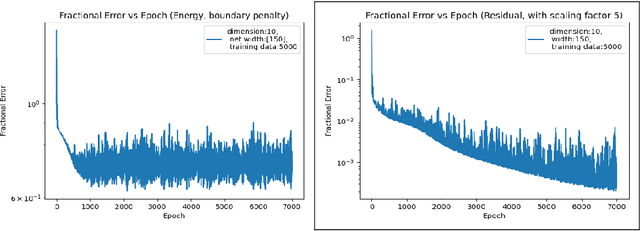
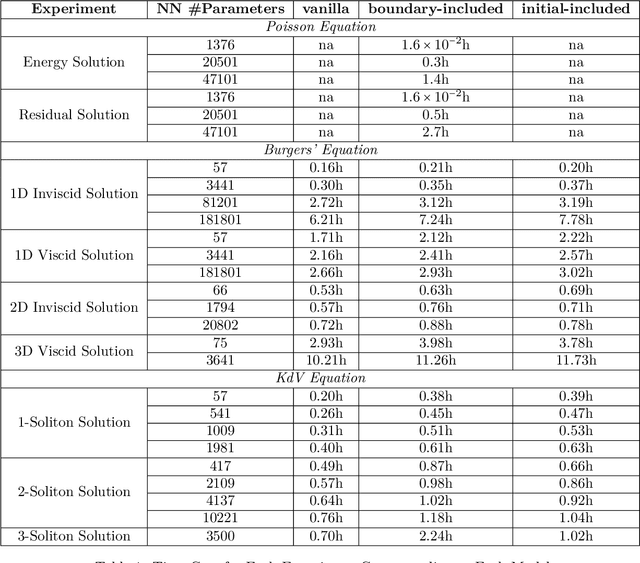
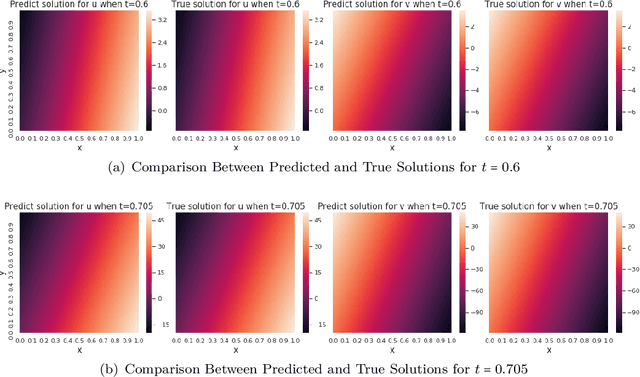
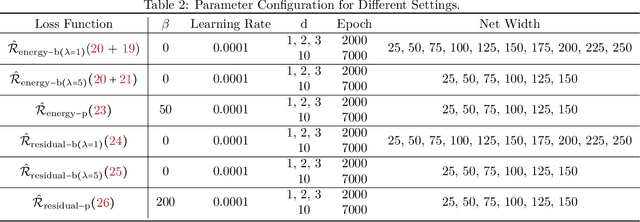
Abstract:"AI for Science" aims to solve fundamental scientific problems using AI techniques. As most physical phenomena can be described as Partial Differential Equations (PDEs) , approximating their solutions using neural networks has evolved as a central component of scientific-ML. Physics-Informed Neural Networks (PINNs) is the general method that has evolved for this task but its training is well-known to be very unstable. In this work we explore the possibility of changing the model being trained from being just a neural network to being a non-linear transformation of it - one that algebraically includes the boundary/initial conditions. This reduces the number of terms in the loss function than the standard PINN losses. We demonstrate that our modification leads to significant performance gains across a range of benchmark tasks, in various dimensions and without having to tweak the training algorithm. Our conclusions are based on conducting hundreds of experiments, in the fully unsupervised setting, over multiple linear and non-linear PDEs set to exactly solvable scenarios, which lends to a concrete measurement of our performance gains in terms of order(s) of magnitude lower fractional errors being achieved, than by standard PINNs. The code accompanying this manuscript is publicly available at, https://github.com/MorganREN/Improving-PINNs-By-Algebraic-Inclusion-of-Boundary-and-Initial-Conditions
Breast Cancer Classification with Ultrasound Images Based on SLIC
Apr 25, 2019
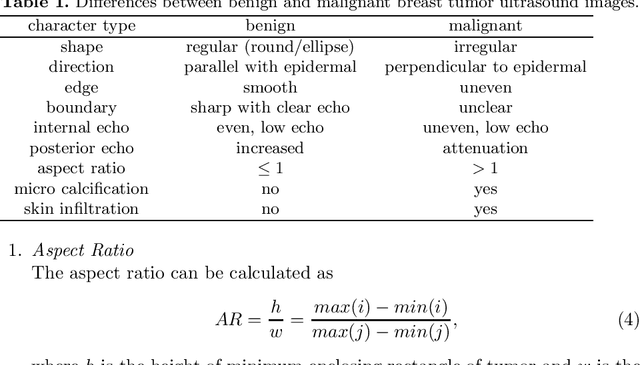


Abstract:Ultrasound image diagnosis of breast tumors has been widely used in recent years. However, there are some problems of it, for instance, poor quality, intense noise and uneven echo distribution, which has created a huge obstacle to diagnosis. To overcome these problems, we propose a novel method, a breast cancer classification with ultrasound images based on SLIC (BCCUI). We first utilize the Region of Interest (ROI) extraction based on Simple Linear Iterative Clustering (SLIC) algorithm and region growing algorithm to extract the ROI at the super-pixel level. Next, the features of ROI are extracted. Furthermore, the Support Vector Machine (SVM) classifier is applied. The calculation states that the accuracy of this segment algorithm is up to 88.00% and the sensitivity of the algorithm is up to 92.05%, which proves that the classifier presents in this paper has certain research meaning and applied worthiness.
SeFM: A Sequential Feature Point Matching Algorithm for Object 3D Reconstruction
Dec 07, 2018



Abstract:3D reconstruction is a fundamental issue in many applications and the feature point matching problem is a key step while reconstructing target objects. Conventional algorithms can only find a small number of feature points from two images which is quite insufficient for reconstruction. To overcome this problem, we propose SeFM a sequential feature point matching algorithm. We first utilize the epipolar geometry to find the epipole of each image. Rotating along the epipole, we generate a set of the epipolar lines and reserve those intersecting with the input image. Next, a rough matching phase, followed by a dense matching phase, is applied to find the matching dot-pairs using dynamic programming. Furthermore, we also remove wrong matching dot-pairs by calculating the validity. Experimental results illustrate that SeFM can achieve around 1,000 to 10,000 times matching dot-pairs, depending on individual image, compared to conventional algorithms and the object reconstruction with only two images is semantically visible. Moreover, it outperforms conventional algorithms, such as SIFT and SURF, regarding precision and recall.
Towards the Automatic Anime Characters Creation with Generative Adversarial Networks
Aug 18, 2017
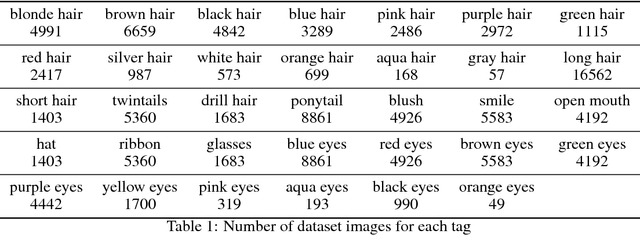


Abstract:Automatic generation of facial images has been well studied after the Generative Adversarial Network (GAN) came out. There exists some attempts applying the GAN model to the problem of generating facial images of anime characters, but none of the existing work gives a promising result. In this work, we explore the training of GAN models specialized on an anime facial image dataset. We address the issue from both the data and the model aspect, by collecting a more clean, well-suited dataset and leverage proper, empirical application of DRAGAN. With quantitative analysis and case studies we demonstrate that our efforts lead to a stable and high-quality model. Moreover, to assist people with anime character design, we build a website (http://make.girls.moe) with our pre-trained model available online, which makes the model easily accessible to general public.
 Add to Chrome
Add to Chrome Add to Firefox
Add to Firefox Add to Edge
Add to Edge